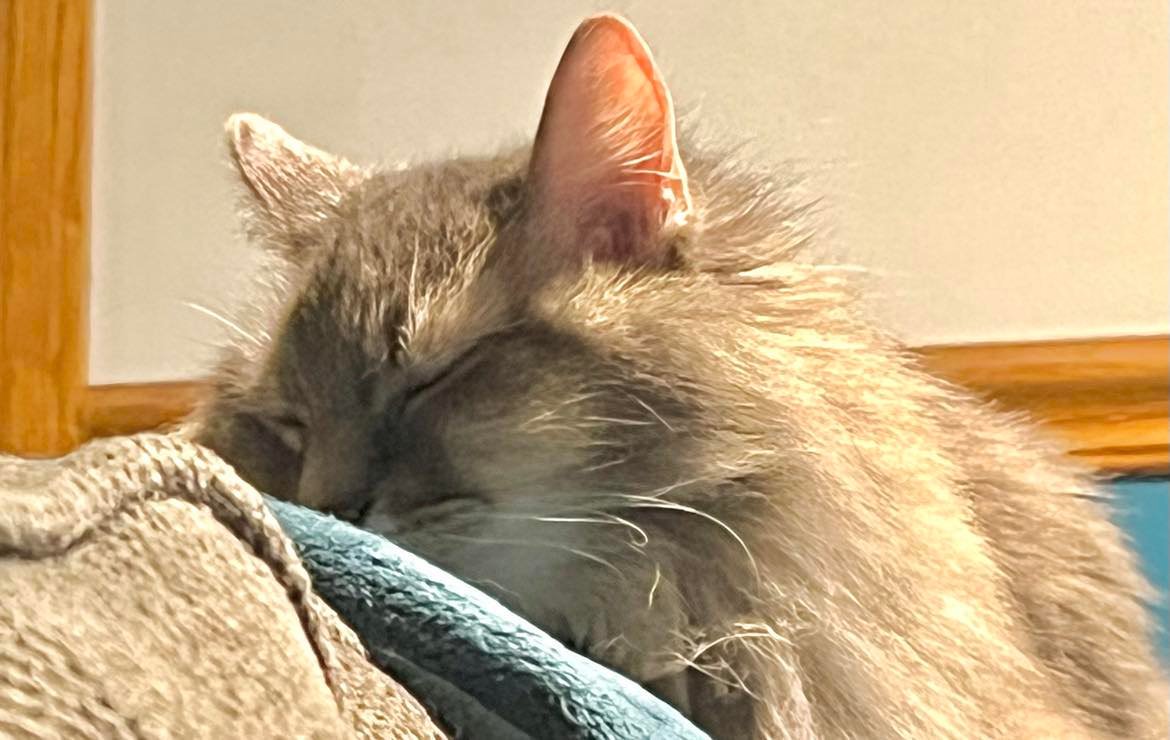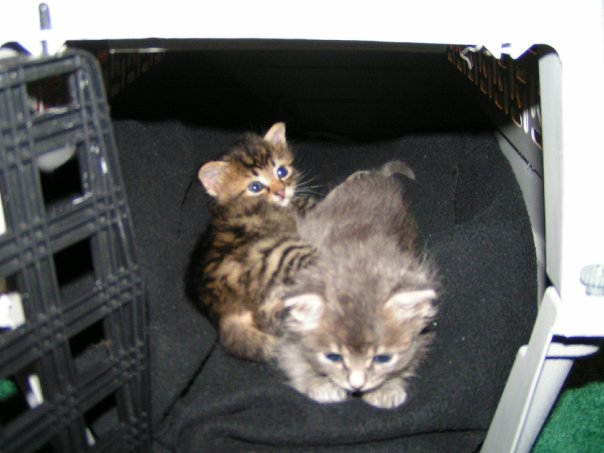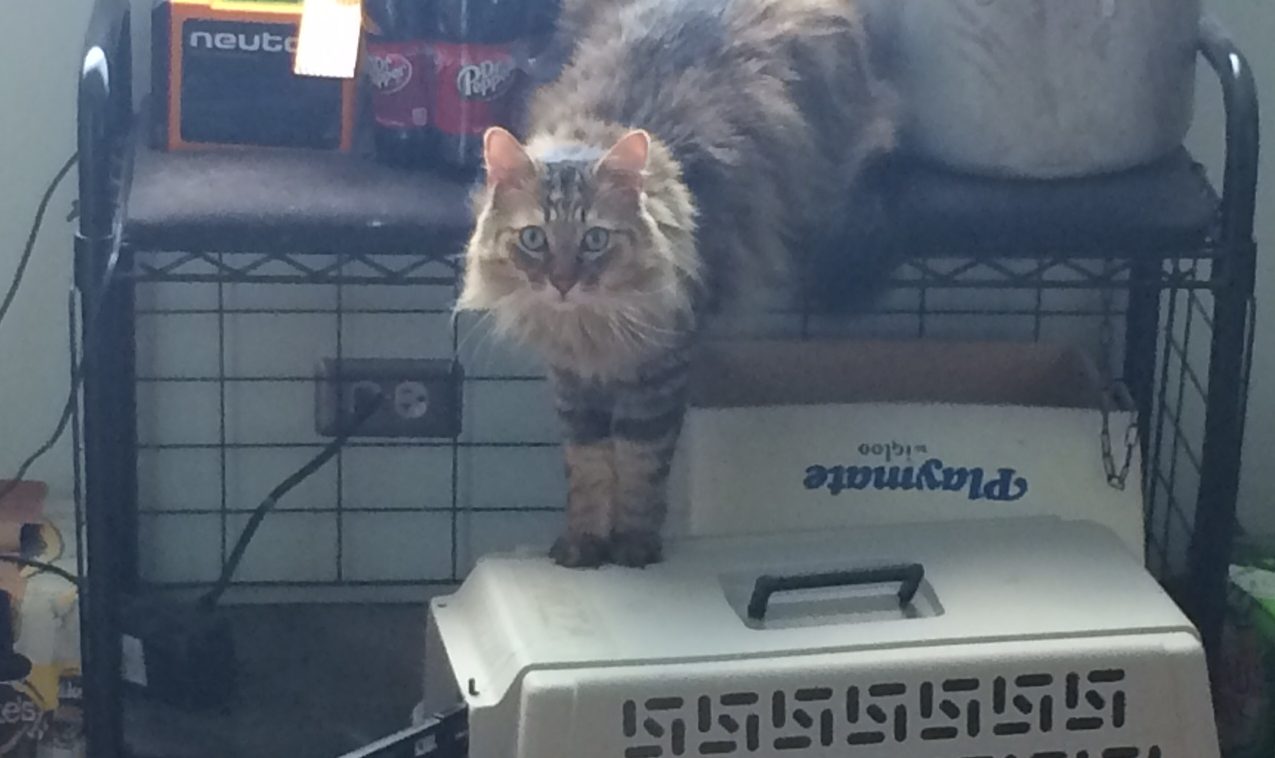When you travel anywhere with your cat, even if it’s just to go to the vet, you need a carrier. But how do you determine the right cat carrier for her? Small or large? Hard-sided or soft-sided? How easy should it be to use? According to Catster, you should look at size, construction and ease of use when choosing a carrier.
The right cat carrier for your cat has specific size characteristics
Both Catster and PetMD say that your cat should be able to stand without crouching, and be able to turn around, inside the carrier. This kind of space is sufficient for short trips, like over to your folks’ place or to the vet.
However, for longer trips, the right carrier should be big enough for food and water, especially if she’s not going to leave it at all during the trip. In fact, most experts recommend that you do not let your cat out of her carrier while the car is moving for safety reasons. While she may not want to eat or drink while riding in the car, it’s crucial that food and water be available anyway.
A cardboard carrier isn’t the right cat carrier beyond bringing your cat home from adoption
You might have a cardboard carrier, which you used to bring your cat home when you adopted her. These carriers, according to Catster, are not meant for long-term use and will fall apart, so you should replace it with a more durable carrier as soon as you can.
Whether you choose a hard-sided cat carrier or a soft-sided one depends pretty much on you, and what you believe your cat will like. Both carriers come well ventilated on all sides, and both usually come in sizes big enough for most domestic cats. However, hard-sided carriers only open from the front, while soft-sided carriers tend to open from both the front and the top. Sometimes, being able to get your cat out from the top of the carrier works better.
Soft-sided carriers usually come with a removable bottom that’s washable, but it’s hard to clean all of it. You can simply wipe out or spray out the inside of a hard-sided carrier. This means that even if your cat is prone to car sickness and vomits inside her carrier, you can clean it up easily. These are other things you should consider when deciding on the right cat carrier for your cat.
How do you get your cat used to her carrier?
You don’t want to only use her carrier when you’re going to put her in the car, though, because she’ll develop a bad association with it. The ASCPA recommends taking steps to get her comfortable in her carrier, such as leaving it out all the time for her to explore. You could also put treats, or her food, inside the carrier, to help her develop a positive association. Approach her while she’s eating at the carrier, so she gets used to you being there without forcing her in.
Ultimately, the right cat carrier is one that’s got enough space for your cat, but that’s also appropriate for how you’re going to use it. The rest is up to you, and what you think your cat will enjoy.




